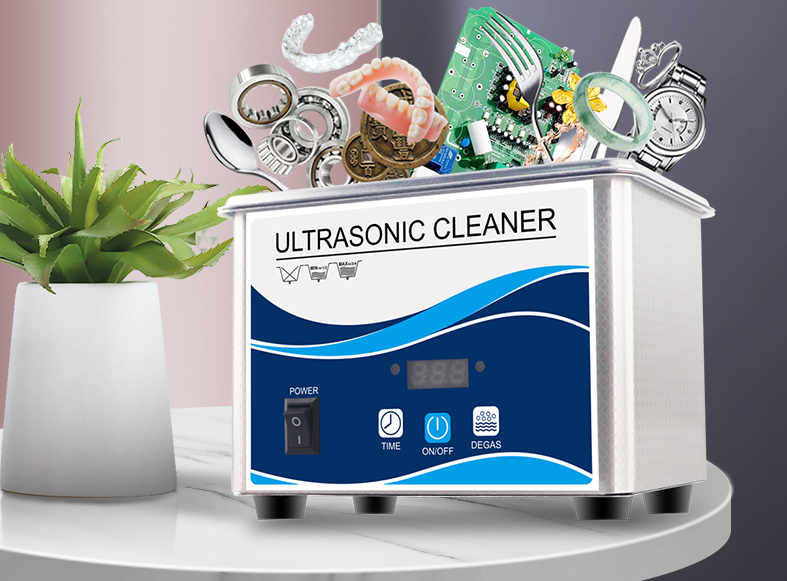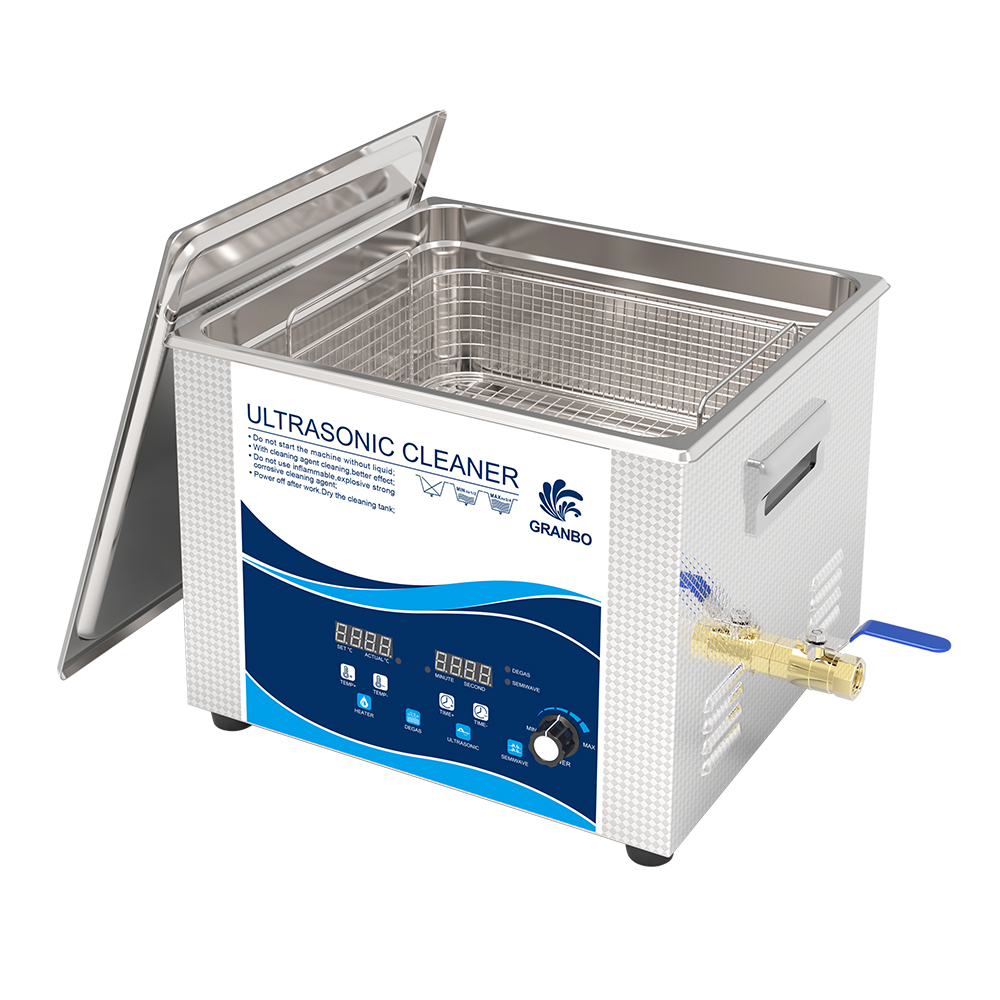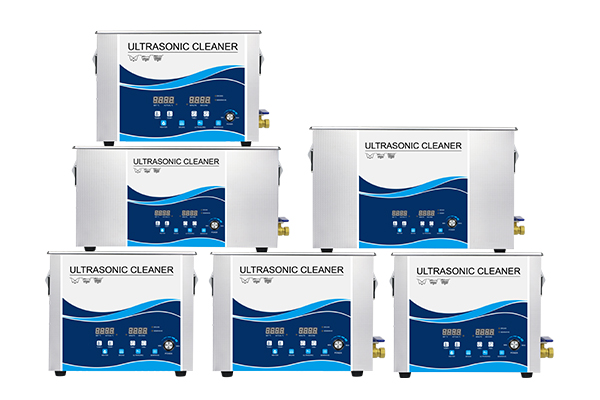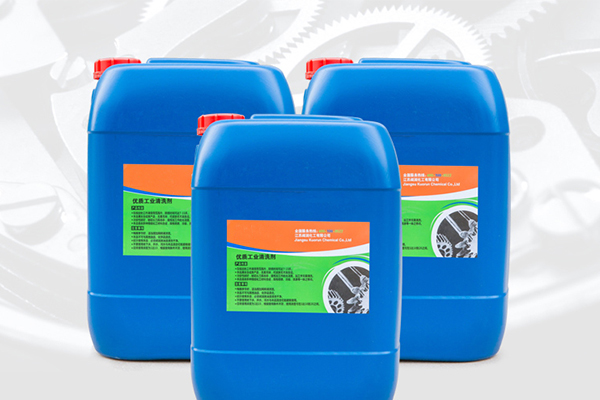A diamond ring is more than a piece of jewelry. For many people, it marks life’s most important milestones: engagements, weddings, anniversaries, or heirloom family connections. Because of that, its value is not only financial but also deeply emotional. Owners often want their diamond rings to sparkle as brilliantly as the day they first received them.
But daily life can take a toll. Even though diamonds are the hardest natural material on Earth, they are not immune to dullness. Natural oils from skin, residues from lotions, hair sprays, perfumes, and even simple dust in the air gradually form a thin layer that clouds the diamond’s fire. The metal band, whether gold, platinum, or white gold, also collects dirt, fingerprints, and micro scratches. Traditional wiping with a cloth may remove fingerprints but rarely restores that crisp sparkle.
That is why specialized cleaning becomes essential. Many ring owners turn to ultrasonic cleaners because they promise something that ordinary brushing cannot achieve: a deep, thorough clean that reaches into every corner of the stone’s facets and the ring’s setting.

How Ultrasonic Cleaning Works
Ultrasonic cleaning uses high-frequency sound waves, typically between 20 and 80 kilohertz, to agitate a liquid. When the sound waves move through water or a cleaning solution, they create microscopic bubbles in a process called cavitation. These bubbles form and collapse thousands of times per second. The collapse produces tiny shockwaves that dislodge contaminants clinging to surfaces.
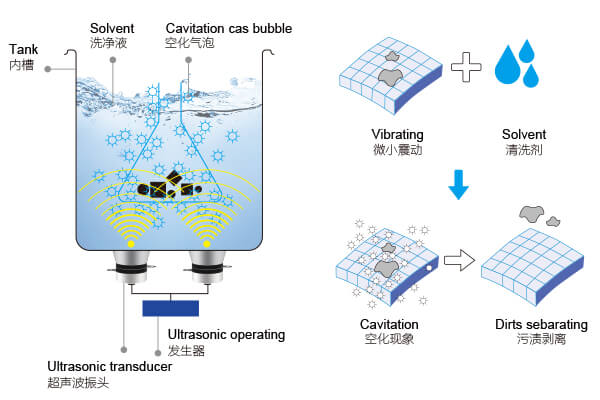
For jewelry, this means dirt, grease, and debris trapped in places too small for a toothbrush to reach are lifted away almost effortlessly. The process is non-abrasive in the sense that there is no scrubbing, but it is highly effective at loosening particles that hide under prongs, inside tiny crevices, or behind the diamond.
This cleaning method is popular not only for diamond rings but also for watches, eyeglasses, dental tools, and laboratory instruments. Jewelers have long relied on ultrasonic cleaners as part of their professional workflow because the results are consistently thorough. For a diamond ring, the promise is clear: maximum brilliance restored in just a few minutes.
Are Diamond Rings Safe in an Ultrasonic Cleaner
At first glance, it seems like a perfect match. Diamonds are famous for their hardness, ranking a 10 on the Mohs scale, which means nothing can scratch them except another diamond. Given this reputation, many assume ultrasonic cleaning carries no risks. However, the reality is more nuanced.
While the diamond itself is nearly indestructible, the way it is mounted in the ring can create vulnerabilities. Ultrasonic vibrations can put stress on prongs, especially if they are thin, worn, or part of a delicate pave setting. Rings with many small diamonds set closely together may experience loosening, since even slight vibrations can shift stones that are not tightly secured. Invisible settings, where stones are held without visible prongs, are particularly susceptible.
Furthermore, not all diamonds are untreated natural stones. Some undergo fracture filling, laser drilling, or clarity enhancement treatments. These processes introduce materials or structural changes that make the stone less stable under ultrasonic conditions. Industry experts consistently warn that treated diamonds should never go into an ultrasonic bath, since vibrations can worsen fractures or cause filling materials to leak out.
So, while a natural, untreated diamond with a sturdy setting generally fares well, not every ring qualifies. Jewelers carefully examine a piece before deciding whether ultrasonic cleaning is appropriate.
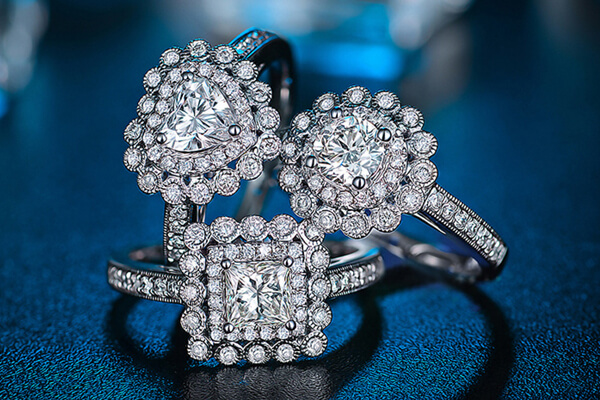
When Ultrasonic Cleaning Is Recommended for Diamonds
If the diamond is natural and untreated, and if the setting is sturdy and recently inspected, ultrasonic cleaning can be one of the best methods to restore brilliance. It is especially useful when rings have built-up grime that cannot be removed with soap and water alone.
Jewelers often rely on ultrasonic cleaners for showroom pieces that must look immaculate at all times. Customers handling rings leave behind oils and fingerprints, and ultrasonic cleaning quickly restores the sparkle. For personal use, owners may choose to clean their rings ultrasonically every few weeks or whenever they notice dullness.
Another advantage is convenience. Unlike professional cleaning that requires a trip to the jeweler, having a small home ultrasonic unit allows quick touch-ups before a special occasion. The process usually takes just three to five minutes, making it a time-efficient solution.
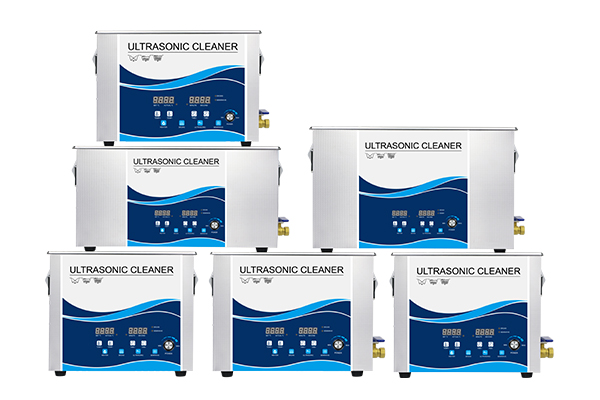
Situations Where Ultrasonic Cleaning Should Be Avoided
Not every diamond ring is a good candidate. Rings containing fracture-filled or laser-drilled diamonds should be kept away from ultrasonic machines. The same caution applies to vintage rings where the prongs or band may have weakened over time. Vibrations can accelerate metal fatigue and potentially cause a stone to fall out.
Equally important is the presence of other gemstones. Many diamond rings are designed with side stones or halos that feature softer gems like emeralds, opals, pearls, or turquoise. These gems cannot withstand ultrasonic vibrations and may crack or lose polish. If such stones are part of the ring, the entire piece should be cleaned by gentler methods instead.
Even untreated diamonds can be risky if the ring has not been inspected recently. A loose prong invisible to the naked eye may become a disaster if vibrations shake the diamond free. That is why jewelers recommend inspecting your ring at least once or twice a year, especially before using an ultrasonic device.
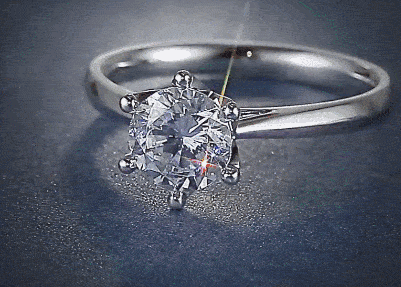
Expert Opinions and Industry Guidelines

Gemological experts and professional organizations have long weighed in on ultrasonic cleaning for diamonds. The Gemological Institute of America (GIA), one of the most respected authorities in the jewelry industry, acknowledges that ultrasonic cleaning is generally safe for untreated diamonds. However, they highlight important exceptions. Any diamond that has undergone fracture filling, clarity enhancement, or laser drilling should never be placed in an ultrasonic bath. These treatments alter the stone’s structure and stability, making them vulnerable to vibration damage. Source: GIA – Jewelry Cleaning Guidelines
The American Gem Society (AGS) offers similar advice. They emphasize that the hardness of a diamond does not automatically make it safe. What matters just as much is the integrity of the setting and the presence of other stones. Jewelers of America also recommend regular inspections by professionals to ensure prongs and settings are secure before ultrasonic use.
Professional jewelers often use ultrasonic cleaners in combination with steam cleaners for a complete finish. They also rely on experience to determine which pieces can safely be cleaned this way. Their caution reflects the reality that while ultrasonic cleaning is powerful, it is not universally suitable.
Step-by-Step Guide to Cleaning a Diamond Ring in Ultrasonic Cleaner
For those with a diamond ring that qualifies for ultrasonic cleaning, following the correct steps is essential. Improper use can cause avoidable risks.
First, prepare the cleaning solution. Most jewelers recommend distilled water mixed with a mild detergent or a jewelry-specific cleaning solution. Avoid strong household chemicals like bleach or ammonia, which can damage metals.
Next, fill the ultrasonic tank according to the manufacturer’s instructions. The water level should fully submerge the ring but not exceed the machine’s capacity. Place the ring in the provided basket rather than directly on the tank’s bottom. This prevents unnecessary vibration against the metal surface.
Temperature plays a role as well. Warm water, around 30 to 40 degrees Celsius (86 to 104 degrees Fahrenheit), enhances cavitation and helps dissolve residues. Extremely hot water, however, can stress adhesives used in some jewelry settings.
Set the machine to run for a short cycle, usually between three to five minutes. Avoid running multiple long cycles, as prolonged exposure adds no benefit and only increases the risk of loosening stones.
After the cycle finishes, carefully remove the ring using tweezers or a soft cloth. Inspect it closely under light to ensure no stones appear loose. Pat dry with a lint-free cloth and, if possible, use a jeweler’s loupe to check the prongs.
If the ring still looks dull, repeat with caution, but do not overuse ultrasonic cleaning as a daily routine. Periodic use is more than enough to maintain brilliance.
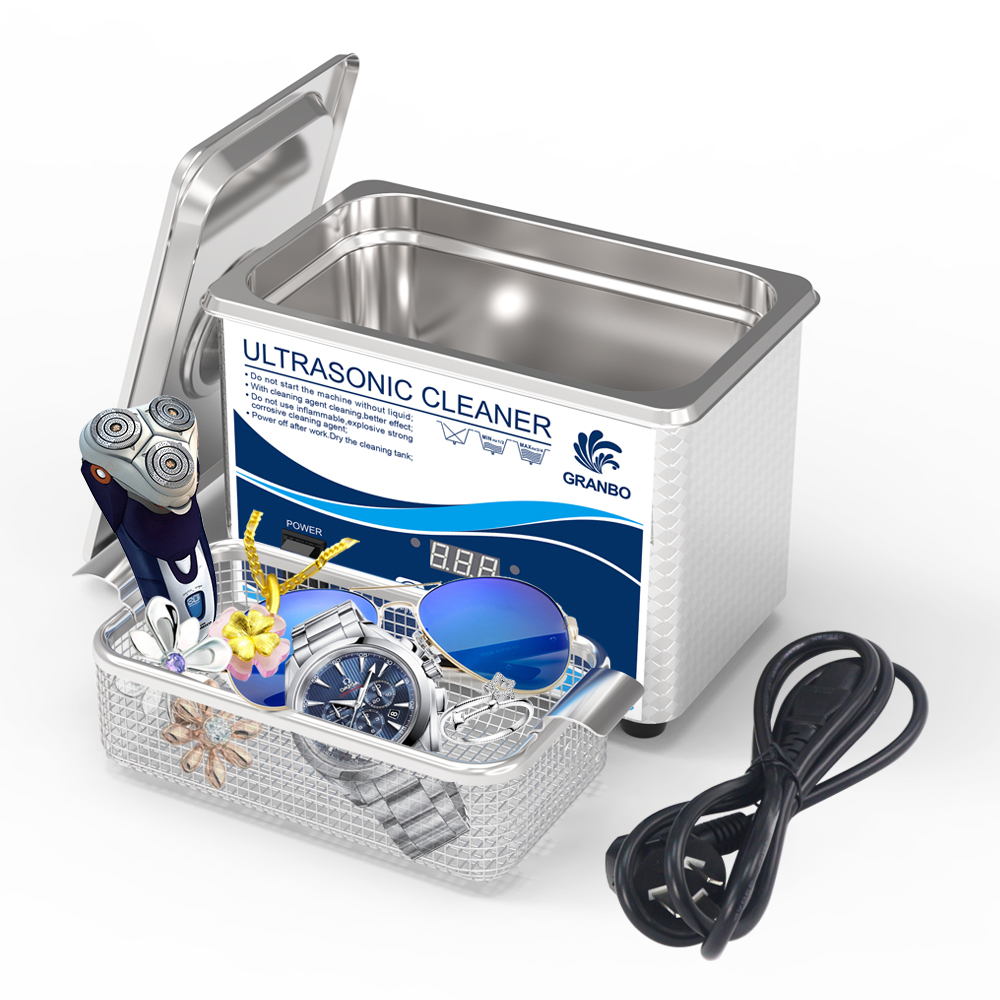
Comparing Ultrasonic Cleaning with Other Methods
Ultrasonic cleaning is powerful, but it is not the only method available for maintaining a diamond ring. Comparing it with alternatives helps highlight when it is the best choice.
The simplest home method is soaking the ring in warm soapy water and gently brushing it with a soft toothbrush. While this can remove surface oils and dirt, it often fails to dislodge grime trapped under prongs or behind the stone. Ultrasonic cleaning excels in precisely these hard-to-reach areas.
Steam cleaning is another professional method. Jewelers sometimes use it alongside ultrasonic cleaning to blow away loosened debris with high-pressure steam. Steam alone is effective but requires specialized equipment that most people do not have at home.
Professional cleaning services at a jeweler’s store combine ultrasonic baths, steam, and expert inspection. This is the most thorough approach but requires time and expense. Home ultrasonic cleaners offer a convenient compromise, giving owners a way to achieve close-to-professional results at home.
When comparing costs, ultrasonic cleaners may seem like an investment upfront. However, over time they save money compared to repeated professional cleanings. A well-built unit can last years, making it cost-effective for jewelry enthusiasts who want to maintain their collection.
Addressing Common Concerns
One of the most frequent questions is whether ultrasonic cleaning dulls a diamond’s sparkle. The answer is no — when used correctly, ultrasonic cleaning enhances brilliance by removing residues that cloud light return. Any dullness after cleaning usually comes from water spots or incomplete drying, which can be solved with a soft cloth or air blower.
Another concern is whether the band or metal parts of the ring suffer damage. Gold, platinum, and white gold are strong enough to withstand ultrasonic vibrations. However, delicate antique bands or settings with very thin prongs should be approached with caution.
Some owners worry that ultrasonic cleaning might loosen stones over time. The truth is that if a setting is already weak, vibrations may reveal the problem sooner. This is less about the ultrasonic device and more about the condition of the ring. Regular inspections by a jeweler prevent surprises.
Finally, myths persist that ultrasonic cleaning can “scratch” diamonds. In reality, only another diamond can scratch one. The risk lies in settings or treated stones, not in the diamond surface itself.
Choosing the Right Ultrasonic Cleaner for Diamond Rings
Not all ultrasonic cleaners are created equal. For diamond rings, selecting the right device ensures both safety and effectiveness. The most important factor is frequency. Consumer-grade ultrasonic cleaners typically operate around 40 kilohertz, which is considered the sweet spot for jewelry. At this frequency, the cavitation bubbles are small enough to clean delicate surfaces without being too aggressive.
Power is another consideration. A machine that is too weak may not clean effectively, while one that is excessively powerful could stress fragile settings. Many modern cleaners come with adjustable power levels, allowing the user to fine-tune intensity based on the jewelry piece.
Tank size matters less for a single ring, but if you own multiple pieces, a larger tank may be convenient. Some units also include heating functions, which help improve cleaning results when used within safe temperature ranges. Look for models with temperature controls to prevent overheating.
Advanced features like degassing (removing air bubbles from the solution before cleaning) and sweep frequency technology (slight variations in frequency to ensure even cleaning) are beneficial for high-end use. Jewelers rely on these functions to protect delicate settings while maximizing cleaning power.
For most homeowners, a compact, jewelry-specific ultrasonic cleaner with a removable basket and simple controls is ideal. Always check that the unit is labeled safe for jewelry and follow the manufacturer’s instructions closely.
Maintenance Tips for Diamond Rings After Cleaning
Cleaning is only part of caring for a diamond ring. Proper maintenance ensures both brilliance and security. After ultrasonic cleaning, the first step should always be an inspection. Check prongs under good lighting or with a magnifying glass to ensure no stones have shifted. If you notice any movement, take the ring to a jeweler immediately.
Avoid exposing the ring to harsh chemicals after cleaning. Household cleaners containing chlorine, bleach, or strong acids can erode metal settings and diminish shine. Even daily activities like swimming in chlorinated pools can weaken prongs over time.
Safe storage is another key factor. Rings should be kept in a fabric-lined jewelry box or individual pouch to prevent contact with other pieces. Diamonds are hard enough to scratch other gems and even metals, so keeping them separate prevents accidental damage.
As for cleaning frequency, ultrasonic cleaning is not meant for everyday use. Once every few weeks or once a month is sufficient for regular wearers. For heirloom rings or pieces rarely worn, a gentle hand-cleaning method may be enough between ultrasonic sessions.
Regular professional inspections — ideally once or twice a year — are strongly recommended. Jewelers can tighten prongs, polish bands, and verify the security of stones. Combining home ultrasonic cleaning with professional checkups offers the best long-term care strategy.
The Future of Ultrasonic Cleaning in Jewelry Care
Technology continues to evolve, and ultrasonic cleaning is no exception. Researchers are experimenting with multi-frequency cleaners, which alternate between frequencies to achieve both deep cleaning and delicate treatment. These innovations could make ultrasonic cleaning safer for a wider range of gemstones.
Nanobubble cleaning, a related technology, is also emerging in scientific and medical fields. It uses ultra-fine bubbles even smaller than those created by ultrasonic cavitation. Some jewelers are exploring whether this technology can provide an even gentler clean for sensitive jewelry.
As consumer awareness grows, manufacturers are producing more compact, user-friendly devices specifically designed for jewelry. Features like preset jewelry modes, automatic shutoff, and digital timers make the process safer for at-home users. This shift suggests ultrasonic cleaning will remain a cornerstone of jewelry care well into the future.
The jewelry industry is also educating customers more actively. Jewelers increasingly explain which rings are safe for ultrasonic cleaning and which are not. This guidance helps owners make informed decisions and use the technology responsibly.
Final Thoughts
A diamond ring holds immense beauty and significance, and keeping it clean enhances both its sparkle and its longevity. Ultrasonic cleaners offer one of the most effective methods for restoring brilliance, provided the ring meets the necessary conditions. Untreated diamonds in sturdy settings typically benefit from this method, while treated or fragile pieces should be approached with caution.
The key lies in balance. Ultrasonic cleaning is not a one-size-fits-all solution, but when used correctly, it is a powerful tool that saves time, maintains brilliance, and preserves the joy of wearing a diamond ring that looks as radiant as the day it was first worn.
For those who combine ultrasonic cleaning with regular inspections, safe storage, and professional care, the result is a piece of jewelry that continues to shine across generations.

